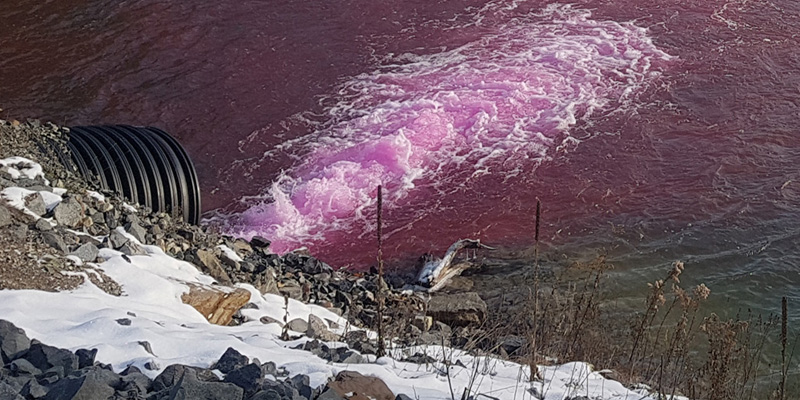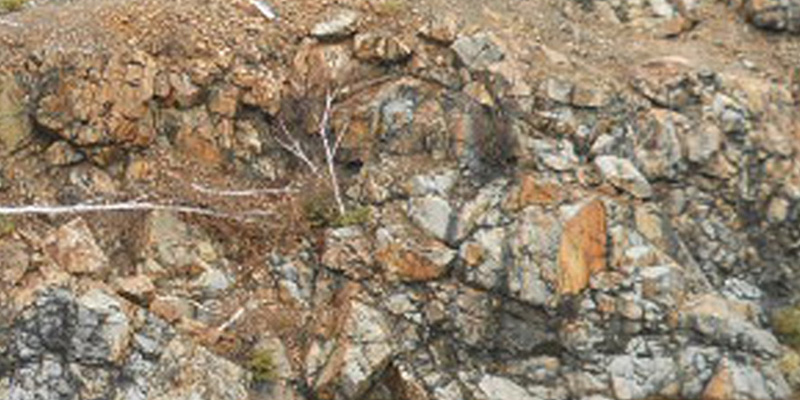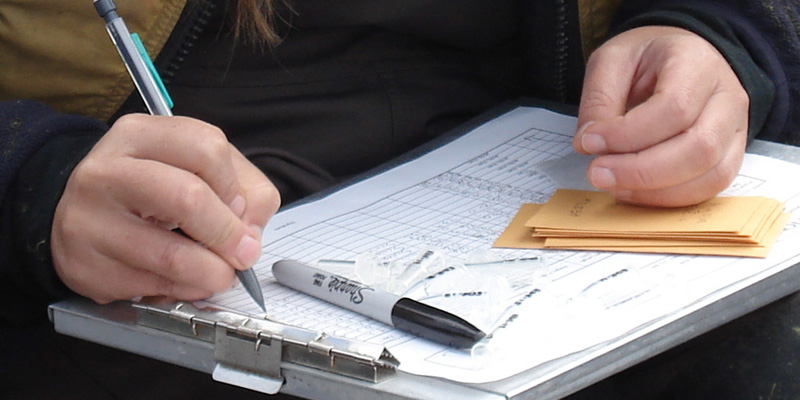Aquatic Chemistry
How Else We Can Help
Related Services

Containment Dispersion and Hydrodynamic Mixing in Aquatic Systems

Environmental Geochemistry

Statistical Analysis of Environmental Data
Services
How We Can Help
Exchange of nutrients, metals, and other constituents between sediment and water, and sediment diagenetic processes have effects on water quality and potential effects on aquatic biota. Along with biological assessment of sediment quality, we have experience completing sediment investigations that evaluate sediment chemistry, solid-phase speciation, sediment porewater chemistry and redox status, sediment attenuation rates, metal and nutrient mobility, and sediment flux.
At the most basic level, interpretation of water and sediment quality data involves comparisons to baseline data, reference data, and use-protection guidelines, criteria, or objectives. Our scientists are highly familiar with the statistical considerations underlying appropriate comparison to baseline and reference data, as well as how to properly consider seasonal trends and dependencies within data sets (e.g., dependence of total metal concentrations on the concentrations of suspended solids). In addition, several of our scientists have been intimately involved in the development of use-protection guidelines and site-specific water quality objectives and thus have an expert understanding of their application.
- Sediment sampling methods
- Sediment porewater studies
- Sediment deposition rate studies
- Investigation of current environmental influences of historical tailings deposits
- Contaminant flux / fate and transport studies
- Selective chemical extractions
- Diffusive Gradients in Thin Films (DGT) device deployment
- Geochemical modelling (e.g., GoldSim, PHREEQC)
- Biotic Ligand Model (BLM) applications